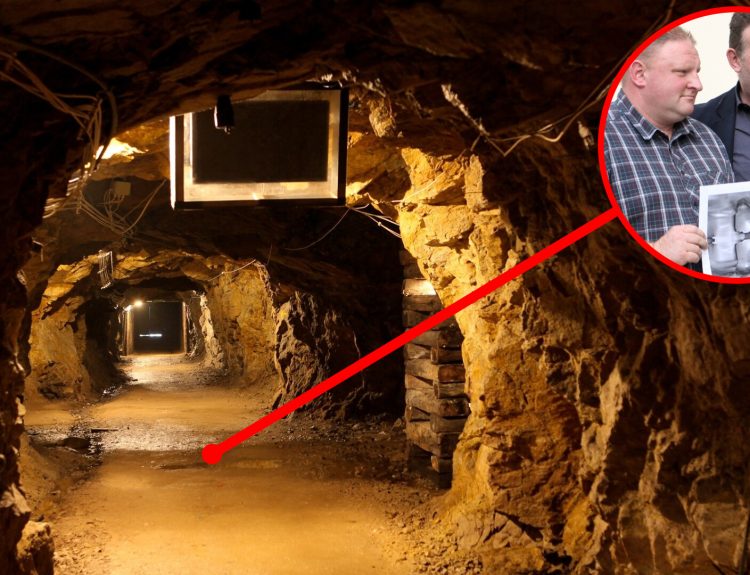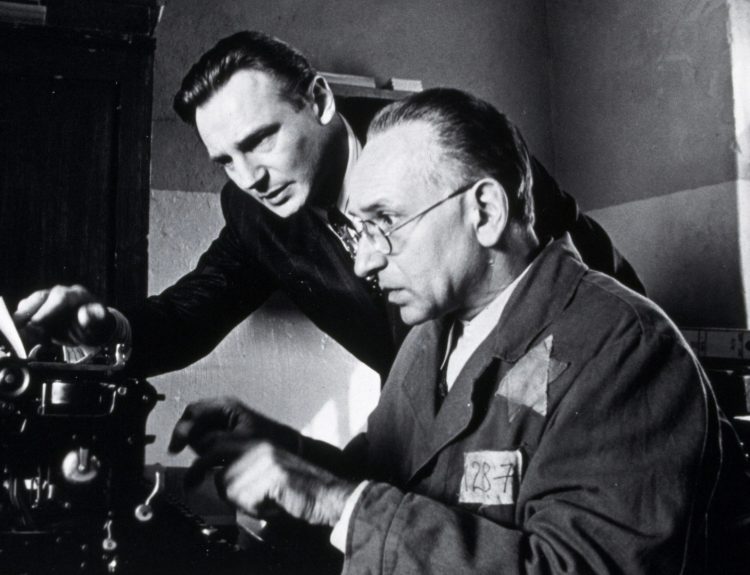Most old churches have a cemetery connected to them, but in the case of medieval churches, the accompanying graveyards sometimes become lost to time. That is the likely scenario with the Church of Saint-Jean in Dijon, France.
But what was lost can sometimes be found again. Recently, archaeologists excavated beneath the streets of Dijon and made a stunning discovery … numerous sandstone sarcophagi dating to the early medieval period that had been covered by the roadways for centuries.
Searching for the Lost Cemetery
In a press release announcing the discovery, the National Institute of Preventive Archaeology Research, or INRAP, stated that they set out to excavate beneath the city streets of Dijon, which serves as the historical capital of eastern France’s Burgundy region.
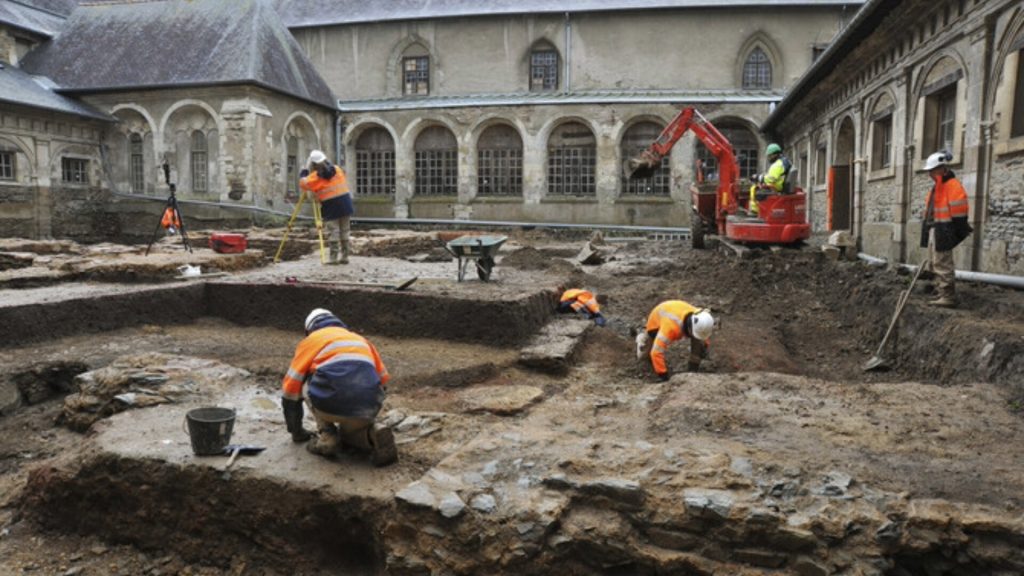
The research team focused their efforts on the location surrounding the Church of Saint-Jean. Their efforts paid off. They discovered several medieval stone sarcophagi.
Historians Have Long Been Fascinated by the Church of Saint-Jean
It was no surprise that the team of archaeologists chose to dig at the base of the Church of Saint-Jean. This place has been on their radar for some time. It has a history that, perhaps, dates back before the 6th century.
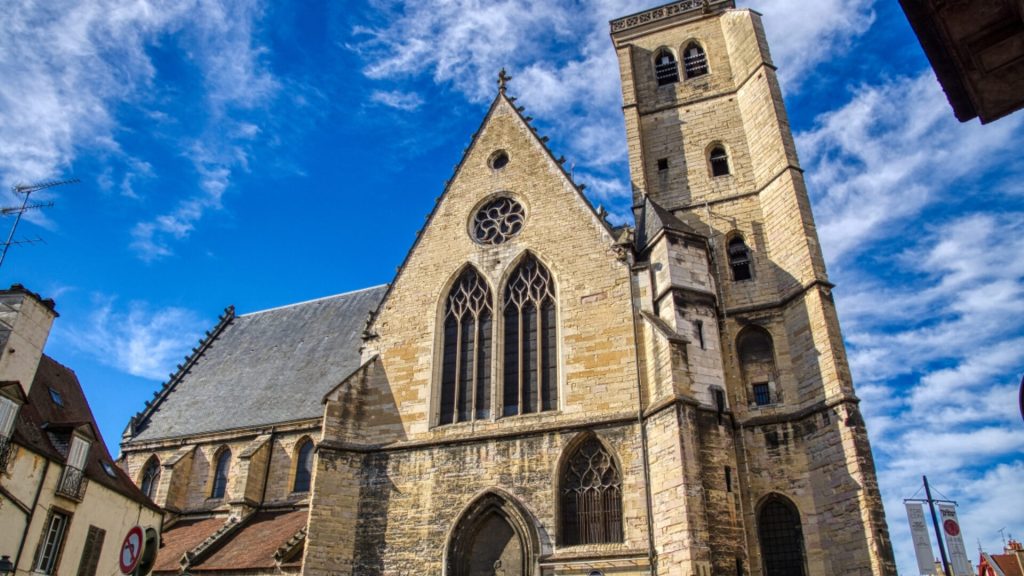
Researchers have textual references in the writings of Gregory of Tours, a Merovingian author, in which he notes that a building stood at the location. He called it a “funerary basilica.” Although this structure no longer exists, his description tells us that it was a religious building and that burials took place there.
Dedicated to Saint John
The Church of Saint-Jean was dedicated to John the Apostle, one of Jesus’s Twelve Apostles. He was also known as John the Beloved thanks to a line in John 13:23 in which John was called the disciple “whom Jesus loved.”

Theologians believe that John was the author of the Gospel of John, but it is theorized that he also wrote some of the other books of the New Testament, including the Book of Revelations.
Built Under the Reign of King Philippe III
Construction on the present Church of Saint-Jean began under the reign of King Philippe III in 1448 and concluded when Charles the Bold sat on the throne in 1470. The church was used as a collegiate church of canons.
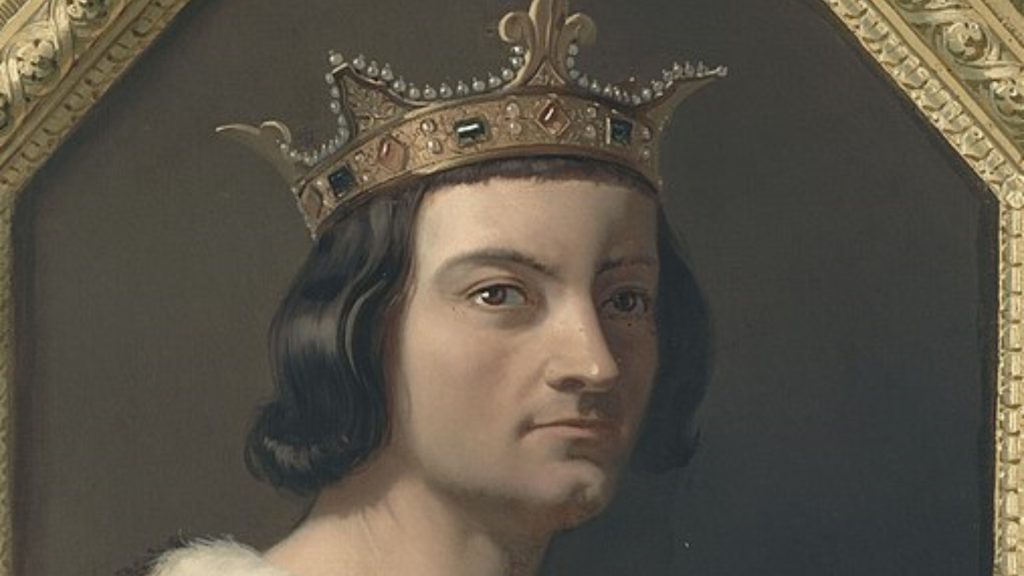
When the Church of Saint-Jean was erected, the Duchy of Burgundy was at its peak of power and prestige. The ornate and elegant church would have been a crowning jewel of its capital, Dijon.
A Gothic Style Church
In the 15th century, the current church building was erected. It was designed in the Gothic style, but additions, modifications, and renovations done to the structure at various points in history have altered its original appearance.

The church fell into national property during the French Revolution, which lasted from 1789 to 1799. No longer a church, the building was used for a number of different functions. From 1974 until the present, it has been used as the Parvis Saint-Jean Theater.
A Church and Necropolis
The original church – or funerary basilica – operated during the early Middle Ages. Based on the writings of Gregory of Tours, it seems likely that the building was standing by the late 500s AD, roughly a century after the start of the early medieval era.
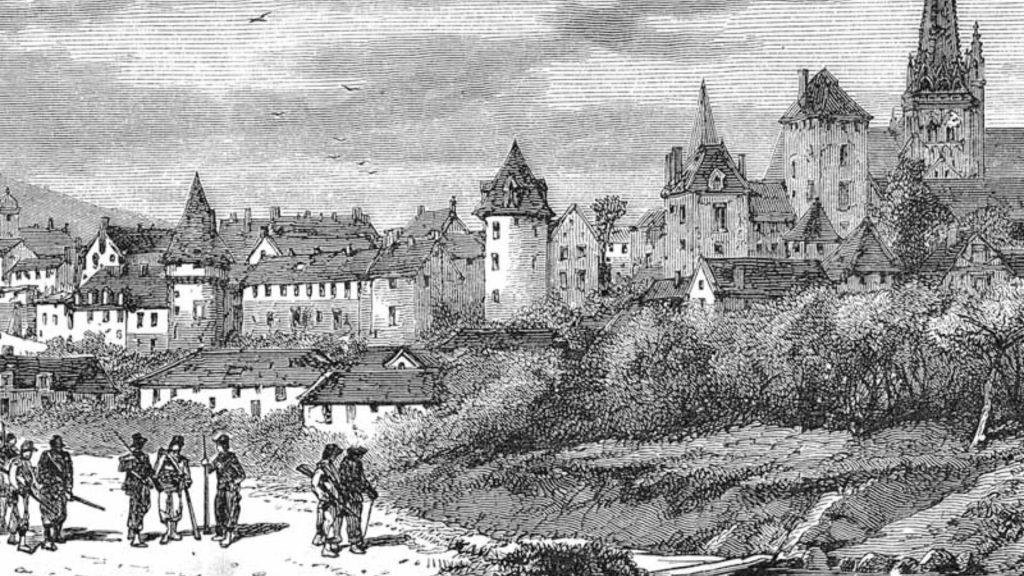
Additional documents explain that Dijon, at that time, was a fortified town with a sturdy stone wall surrounding it. The notations tell us that the medieval necropolis was located on the other side of the city walls and was next to the site of the Church of Saint-Jean.
Pinpointing the Location
Using this information, as well as information about the many additions to the current building, the team of archaeologists were able to pinpoint the most likely place where the ancient necropolis was once located.

That location, however, was not as accessible as they had hoped. In fact, it was beneath the modern streets of Dijon. INRAP secured permission for the excavation from officials in the city.
Trapezoidal Stone Sarcophagi
When archaeologists began pulling ancient sandstone sarcophagi from the ground, the researchers noticed that they had a distinctive trapezoidal shape. Sarcophagi with this shape were common during the Merovingian period, which encompassed the 6th through 8th centuries.

One coffin, however, was cube shaped. Both the shape and the condition of this sarcophagus seems to indicate that it is older than the others, which are believed to be about 1,200 years old.
Decorative Coffins
Stone sarcophagi of the medieval era were typically carved with detailed images and adorned with inscriptions. As the INRAP researchers explained, the sandstone lids were decorated with sculptures or reliefs.
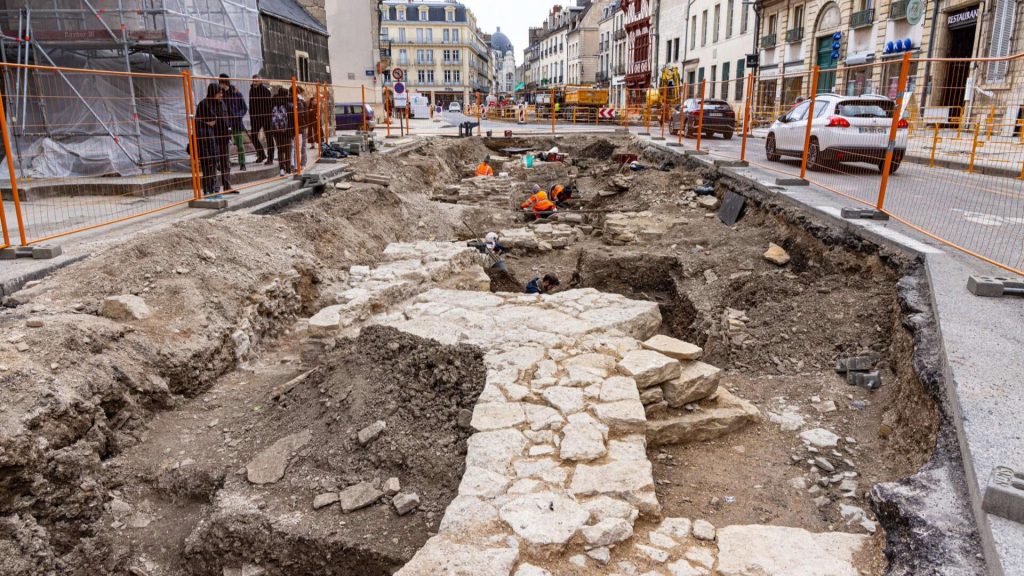
The inscriptions on the lids often included a biblical scripture or prayer. The limestone lids were shaped into curves and scrolls, adding to their beauty. Sadly, many of them were damaged after centuries under the earth.
The Cube Coffin Had Multiple Occupants
Inside the cube-shaped sandstone coffin, archaeologists found the skeletal remains of three individuals.
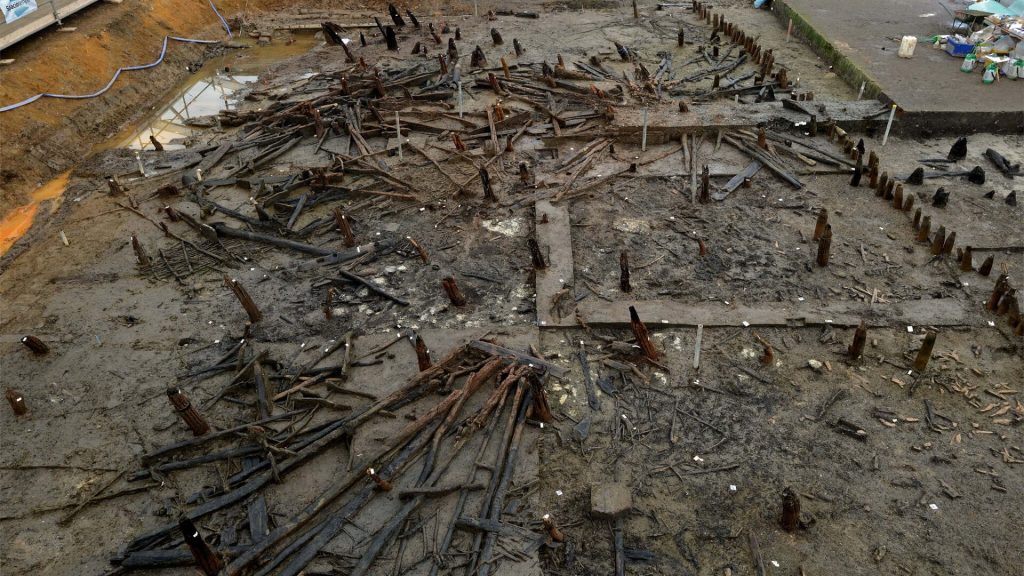
It was common practice in those days to open up an existing coffin and add a newly deceased person to it, then seal it back up again. One sarcophagus could have been used several times over different time periods.
Plans to Date the Human Remains
The INRAP researchers stated that they plan to conduct an extensive analysis of the skeletal remains that the archaeologists unearthed. In doing so, they will be able to more accurately date the find.
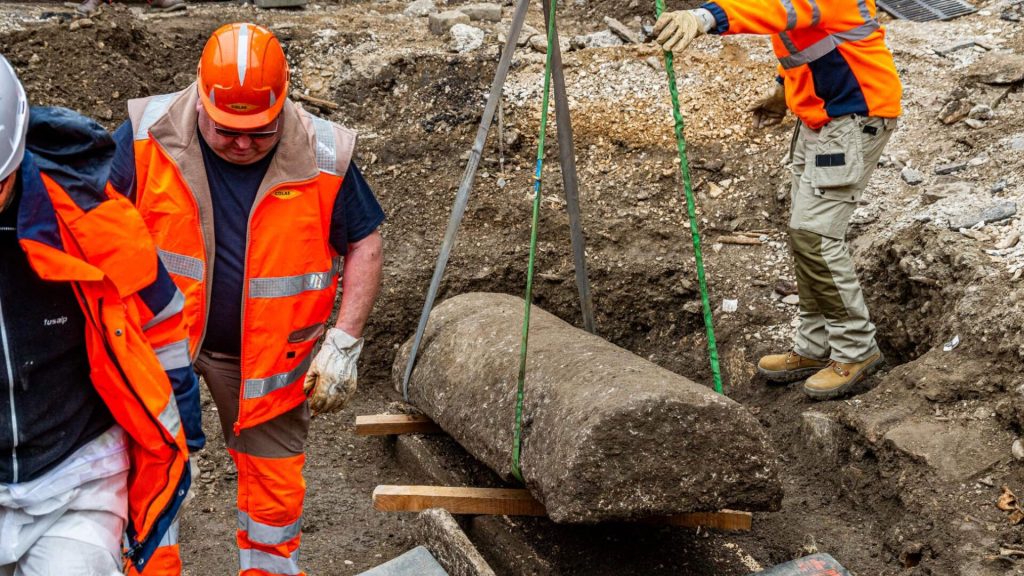
They suspect that none of the remains will be as recent as the 15th century. When the present church building was constructed, the necropolis adjacent to it was reduced to one small plot on the south side of the Church of Saint-Jean. Burials in this area are much more recent.
The Discovery of Child Burials
In addition to the sandstone sarcophagi, the team of archaeologists have located and identified the burials of a large number of children. This discovery is a sobering reminder of just how difficult it was to be a child in the medieval era.

Disease, infection, injury, and malnutrition could all be fatal to a young child. Without antibiotics and modern medicine, the mortality rate for infants and children living in the early Middle Ages was appallingly high.




